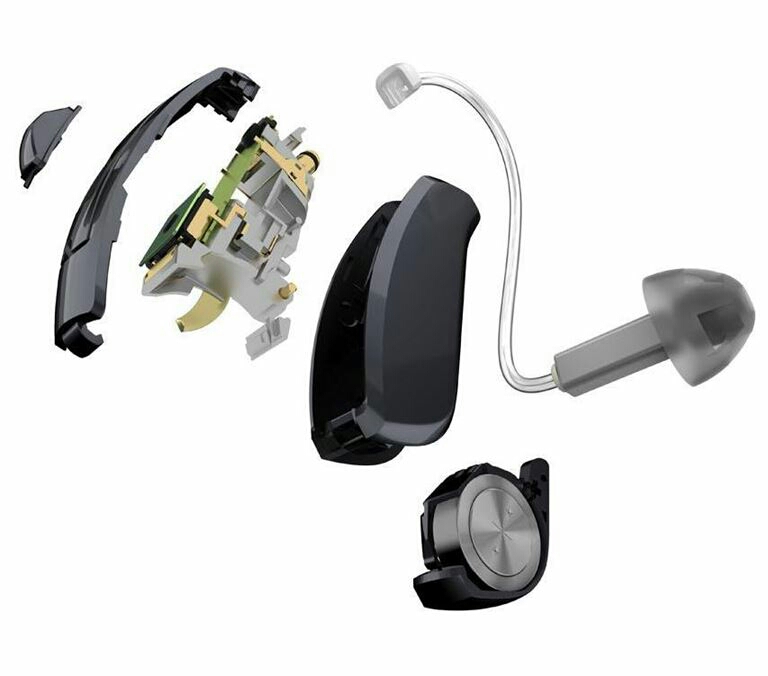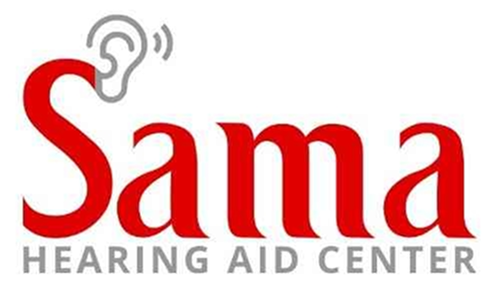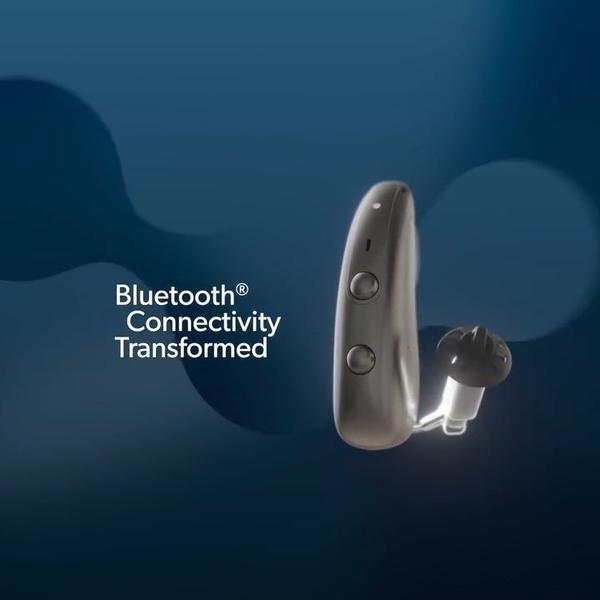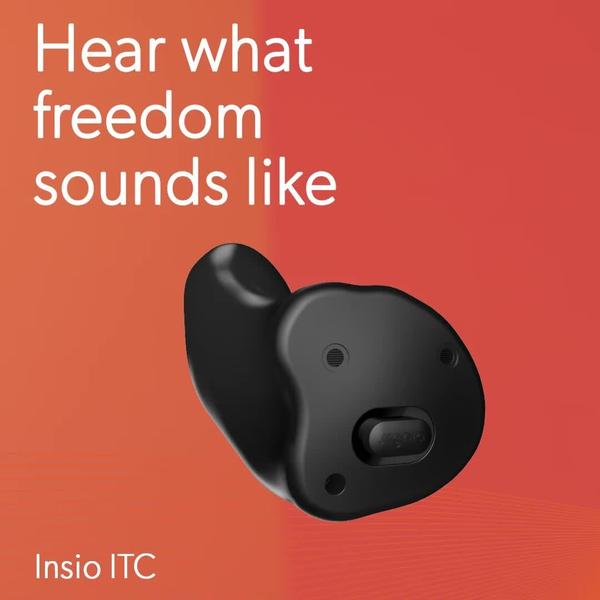
Why Modern Digital Hearing Aids Are Better Than Analog
hearing aids, along with all other consumer electronics, have improved considerably over the past 10 years. If analog hearing aids are like the bulky 15-inch-tube-TVs of the past, modern day digital hearing aids are like the compact 65-inch-Ultra-High-Definition TVs of the present.
Here’s what makes modern hearing aids considerably better, beginning with the technology that makes it all possible.
Digital Technology
Hearing aids, like all electronic devices, have reaped the benefits of the digital revolution. Hearing aids have evolved into, in a sense, miniaturized computers, with all of the coding versatility you’d expect from a modern computer.
The consequence is a device that is compact, light-weight, energy efficient, and capable of manipulating information—information being, in the case of a hearing aid, sound.
So how do contemporary hearing aids manipulate sound? Let’s use an analogy: envision inbound sound as incoming mail and the digital hearing aid as a mailroom
As mail is received, it’s identified, labeled, stored, and consequently delivered to the appropriate recipients. Similarly, digital hearing aids can capture incoming sound and can label certain frequencies to be delivered to the amplifier. Speech sounds, for example, can be labeled as essential and delivered to the speaker for amplification. Likewise, background noise can be tagged as “undeliverable” and returned.
Analog hearing aids lacked this “mailroom” functionality. Incoming sound was delivered all at one time—like if the mail clerk were to give you everyone’s mail and you had to sift through the clutter yourself to find your own. Speech simply gets lost in the mix with background noise, and you have to work hard to dig it out.
Hearing Aid Advanced Features
Digital handling of information is the key to everything a modern hearing aid can accomplish. Here are some of the advanced features associated with contemporary hearing aids that digital technology helps make possible:
●Speech recognition – digital hearing aids can distinguish and enhance speech with digital processing and directional microphones.
●Background noise suppression – background noise is a lower frequency sound, which the hearing aid can recognize and suppress.
●Clearer phone calls – telecoil technology amplifies the signal from your phone, leading to clear sound without interference.
●Wireless streaming – hearing aids with Bluetooth technology can link to devices wirelessly, so you can stream music, phone calls, and TV programs straight to your hearing aids.
Test Out Your New Digital Hearing Aids
As you have seen, digital hearing aidsare robust pieces of modern technology. That’s why virtually all instances of hearing loss can now be successfully treated, and why most people are pleased with the overall performance of their hearing aids.
Keywords
modern technology
digital revolution
digital processing
modern hearing aids
New Digital Hearing
Bluetooth technology
envision inbound sound
appropriate recipients
digital technology helps
contemporary hearing aids
Modern Digital Hearing Aids
telecoil technology amplifies
modern day digital hearing aids
digital hearing aidsare robust pieces




